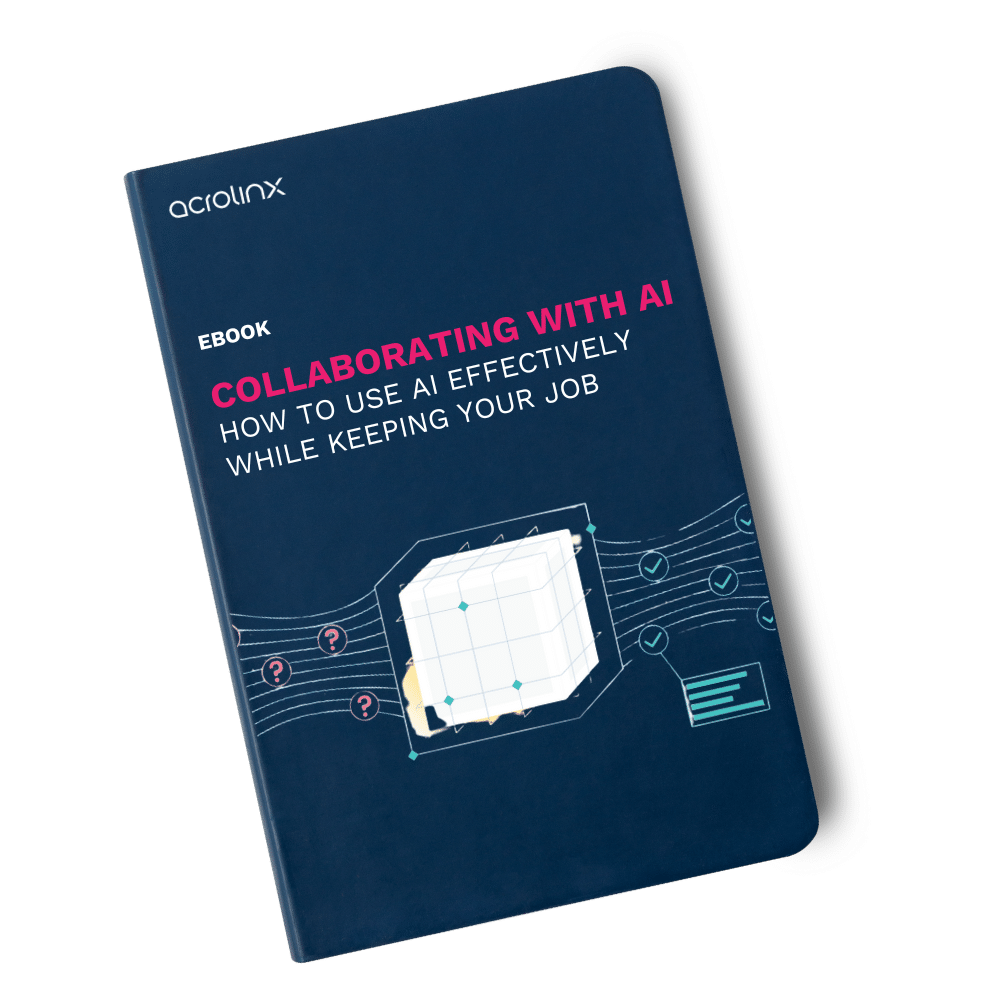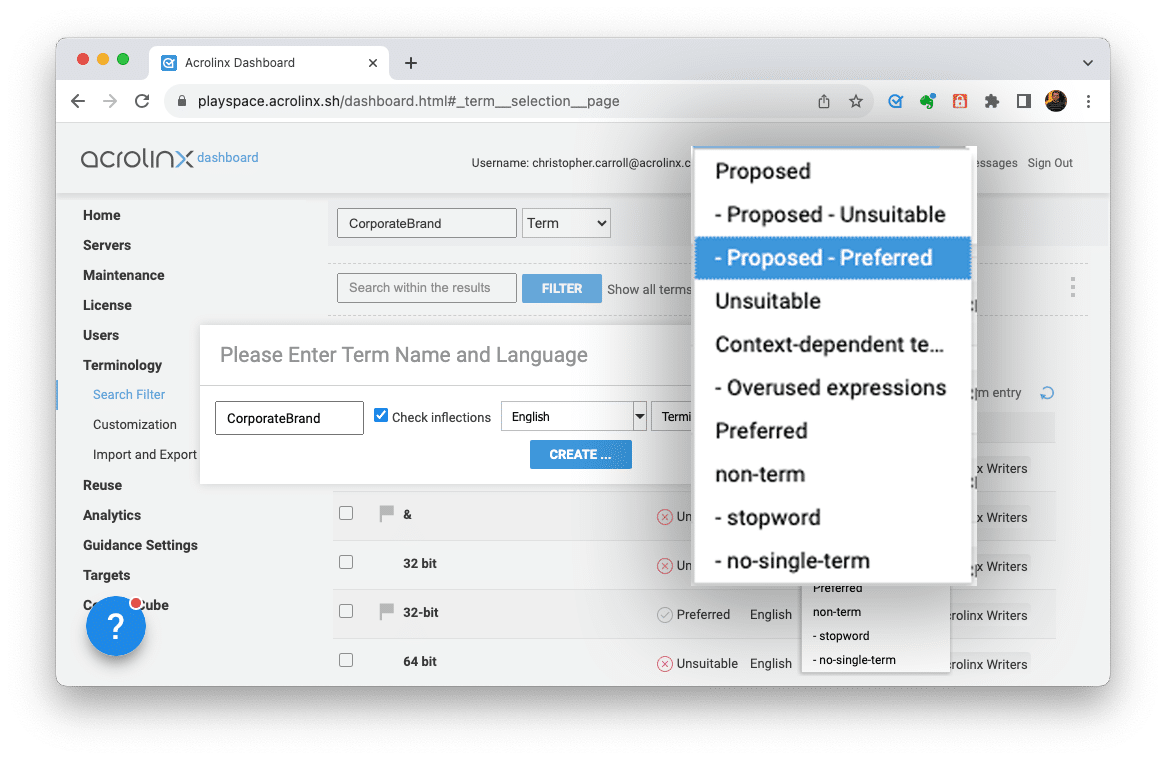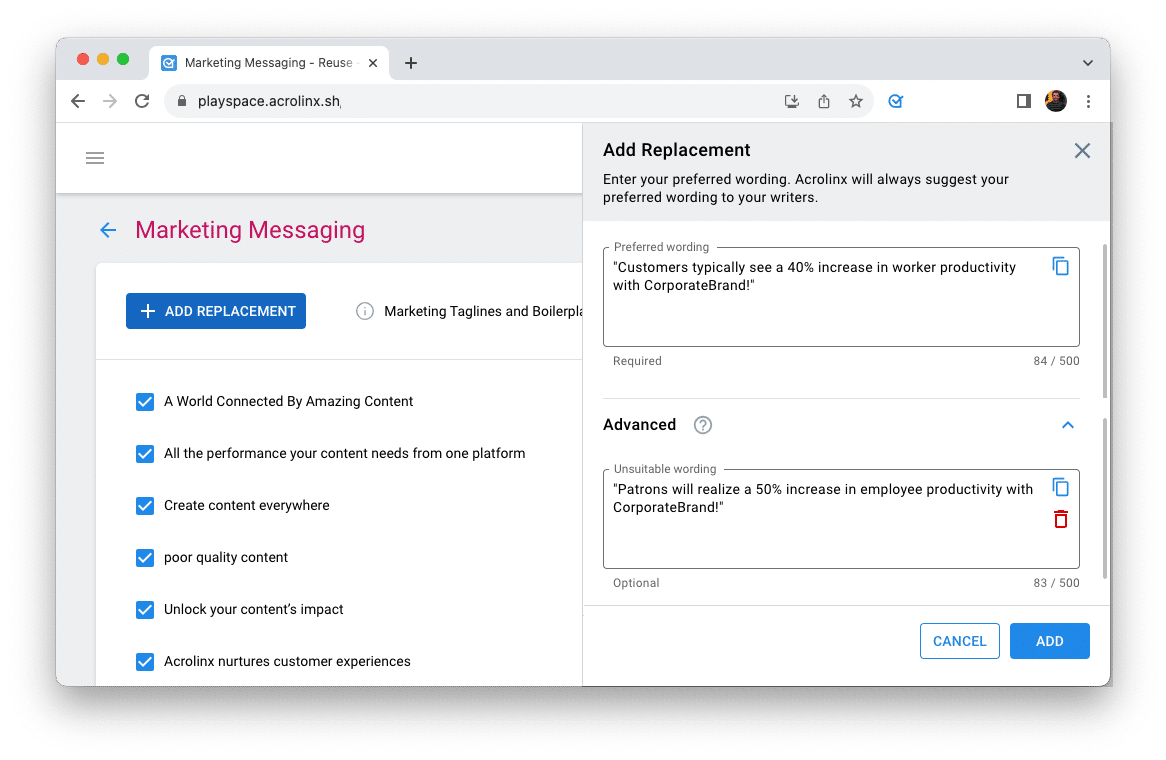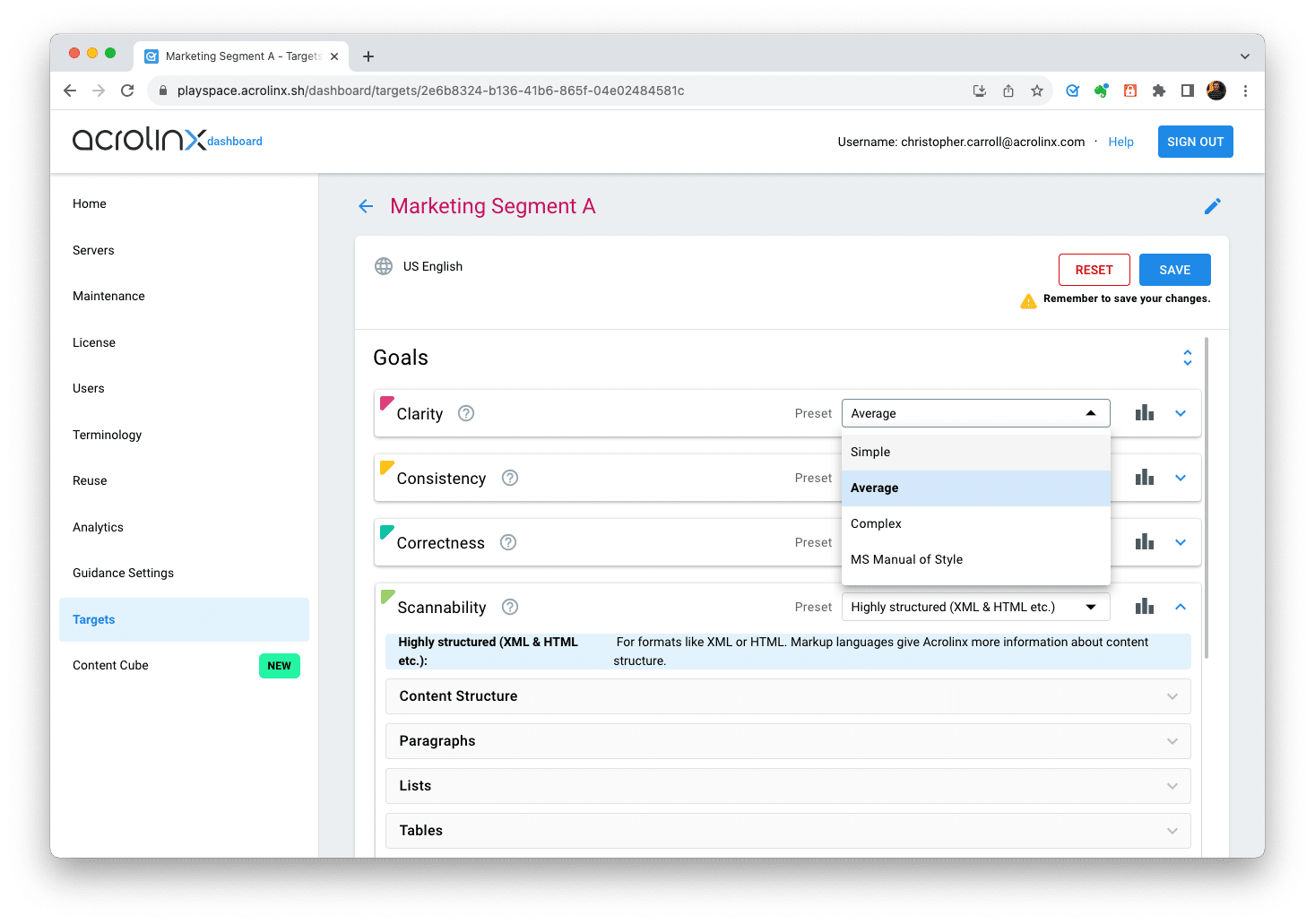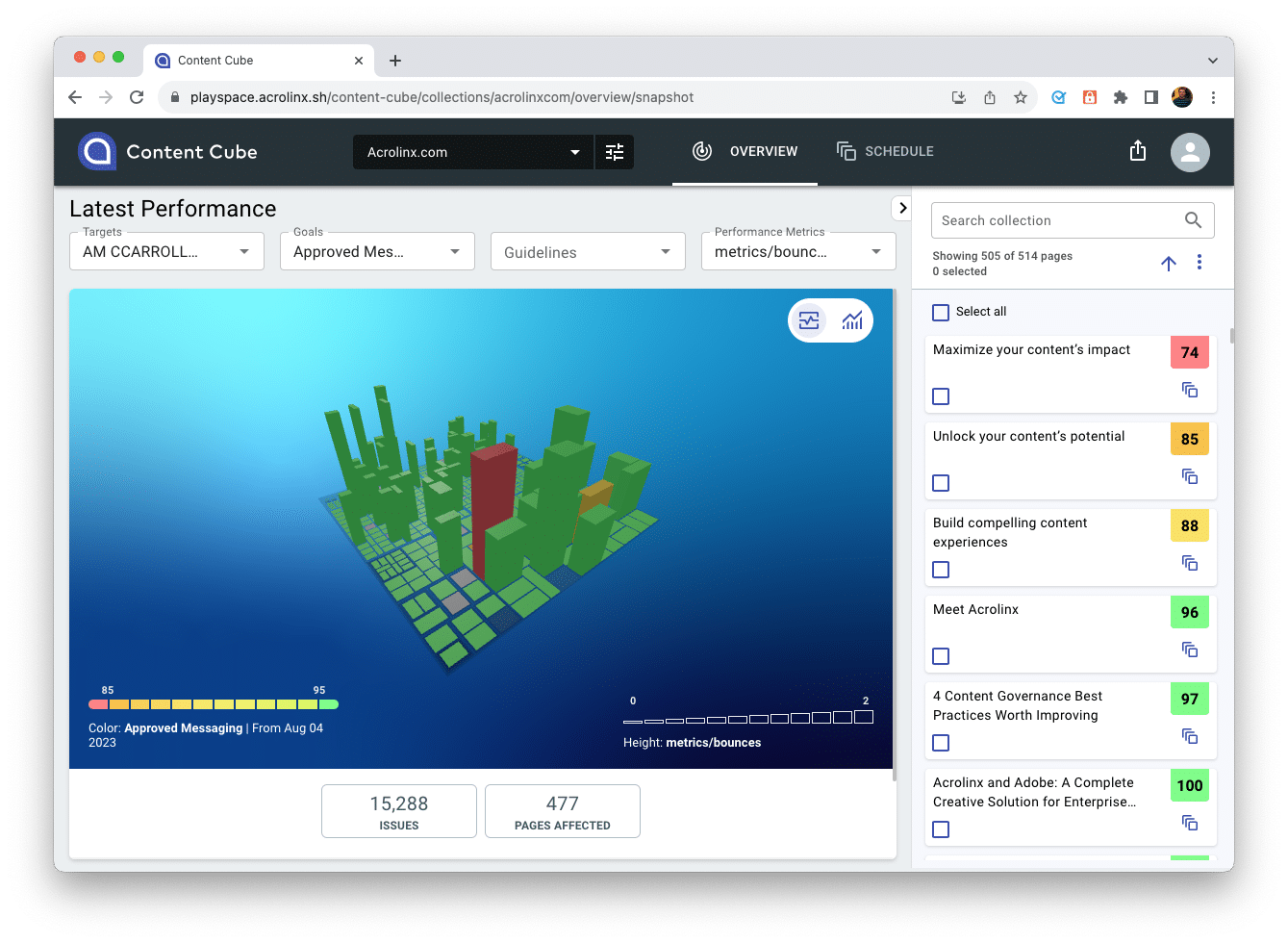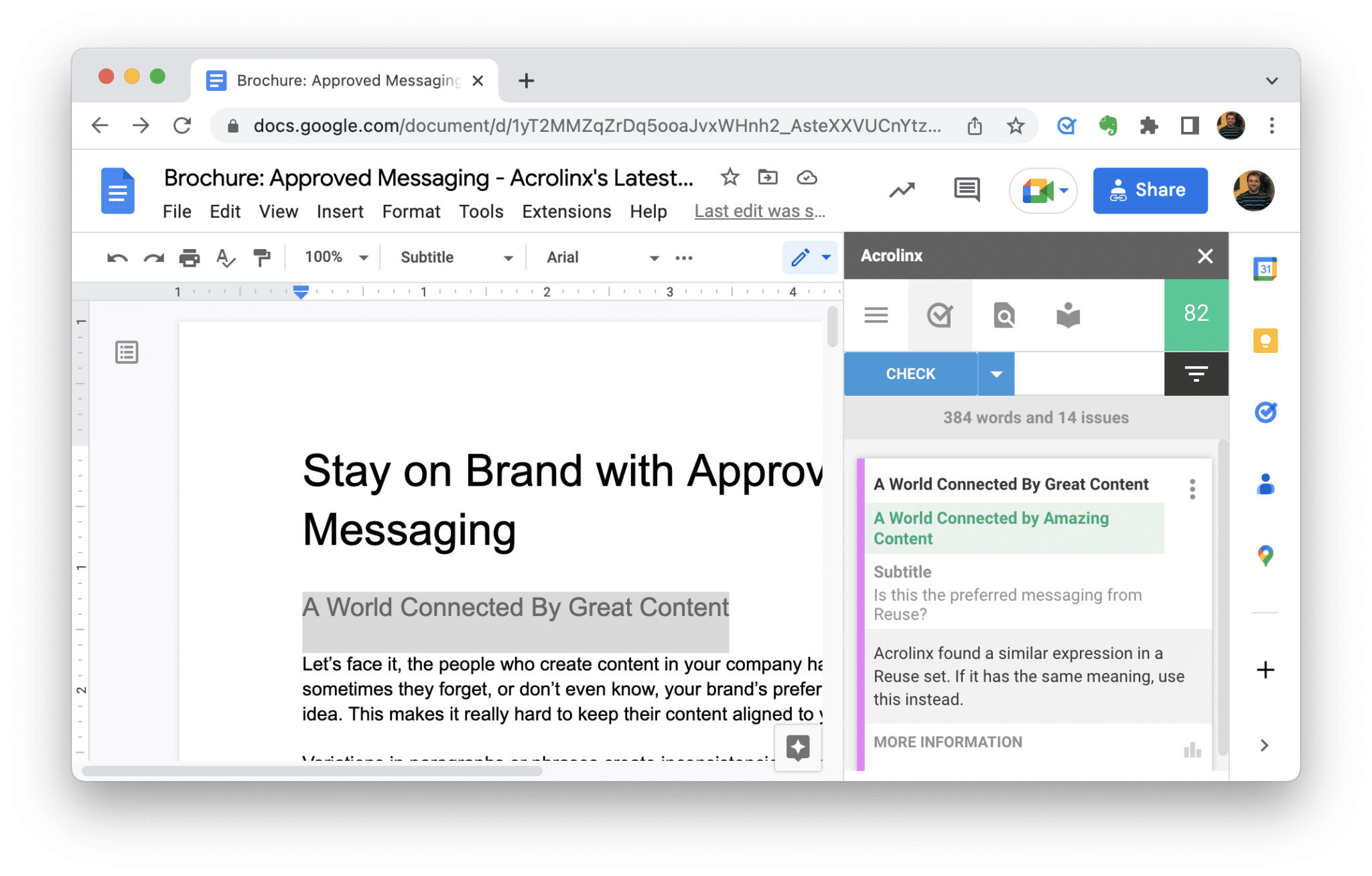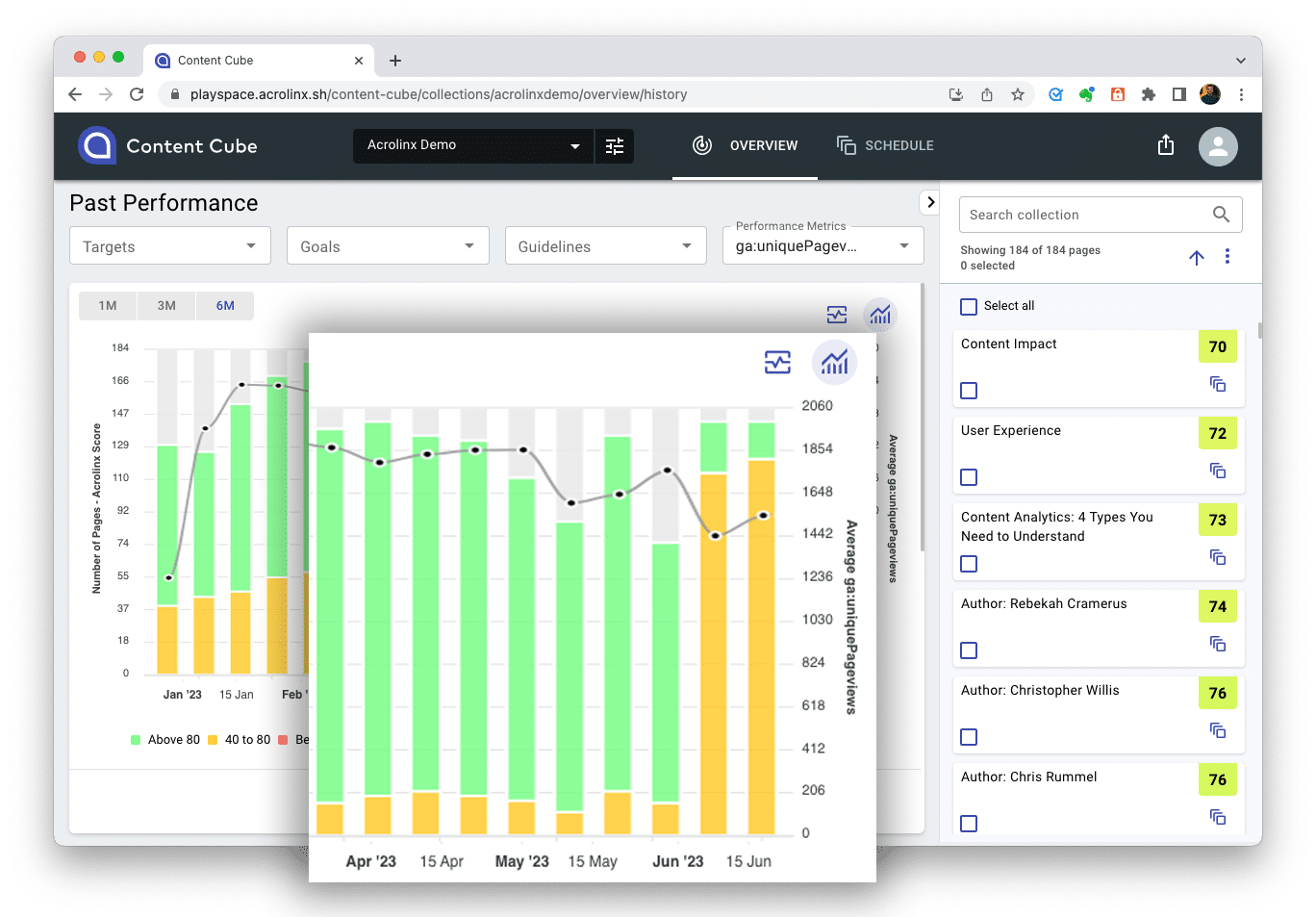
AI regulatory compliance in heavily regulated industries
In the manufacturing industry, marketing teams must carefully craft their content. Bound by laws and regulations, marketing materials must avoid overpromising or embellishment. Manufacturing compliance involves legal, technical, and corporate requirements, so companies must be fully aware of the rules and regulations when marketing their products.
This becomes even more challenging for manufacturers operating in multiple countries, each with different compliance standards set by various government agencies. The global nature of manufacturing — and the complex supply chains that support it — has further complicated the quality management of content.
In a blog, Siemens highlights several compliance areas that impact manufacturing companies, including:
- Product safety
- Health, safety, and environmental impact
- Data protection
- Export controls
- Anti-corruption
- IT safety and security
- Fair competition
- Employment law
With the rise of automated systems and AI-driven content tools, alongside the many compliance issues manufacturing companies face, it’s essential to ensure your marketing campaigns are high-quality and compliant with current AI and regulatory compliance. The good news? We’ve compiled the key steps to help you ensure your content meets industry standards and marketing compliance laws.
Let’s dive in!
Step 1: Stay updated on regulatory requirements and current AI regulations
Regulations in the manufacturing sector are dynamic, meaning they’re constantly changing. It’s important to remember that staying aware of and compliant with these regulations is your responsibility. Being unclear about a new law or regulation is not an excuse for compliance failures, which can lead to costly consequences.
When using AI-driven systems, your team must stay up-to-date on current AI regulations to understand how to use these tools effectively while remaining compliant with regulatory requirements.
Your organization needs to stay informed about regulatory updates across all regions and jurisdictions in which you operate. Be sure to leverage your dedicated compliance teams to manage these changes.
Step 2: Create a list of words, phrases, and approved messaging
It’s no surprise that compliance requirements are different across countries, locales, and industries. So documenting important terminology and messaging that must be used or avoided is a pivotal step in meeting compliance needs. Depending on your industry, your writers will need compliance guidance on:
- Logos, branding, and taglines
- Alerts and warnings
- Disclaimers
- Absolute language
- Customer testimonials
- Product claims and outcomes
With Acrolinx, you can bring your terminology guidance into the authoring environments of your writers. You can set preferred, unsuitable, and content-dependent terms to keep your content creators compliant:
Likewise, you can also determine pre-approved messaging for marketing too. Take a look below to see how you can configure your preferred messaging
Step 3: Develop comprehensive content guidelines
This is an obvious one: Your enterprise needs to have clear and detailed content guidelines. This is where your list of approved terms and messaging are essential in mitigating compliance risk. These guidelines, typically captured in a style guide, need to include policies and standards around:
- Grammar and Spelling
- Clarity
- Company-specific terminology
- Scannability
- Inclusivity
- Approved messaging
- Tone of voice
- Consistency
In the fast-evolving world of AI tools and automated content creation, it’s crucial to develop guidelines that align with regulatory compliance. Making sure that AI prompts and tools adhere to regulations is essential for maintaining ethical and legal standards. By developing clear and concise guidelines, businesses can navigate the complex landscape of AI with confidence, promoting responsible and compliant use of these technologies. This approach not only helps businesses stay on the right side of the law but also builds trust and credibility with their audience.
If you want to learn how to develop your own content style guide, check out our comprehensive guide. Plus the image below shows how you can configure your style guide with Acrolinx:
Regardless of compliance constraints, you need to be sure your content creators are consistently and accurately using company-specific Terminology. Not only will it reduce customer confusion, but it will provide the unified customer experience that builds trust within your customer base.
It also provides clarity around your product descriptions, which is vital when you take into account the regulations around product safety.
Step 4: Conduct regular compliance audits
It’s also important to conduct periodic compliance audits of existing marketing content. This can be done in-house through self-audits that focus on identifying potential areas of non-compliance and risky content. From there, you can prioritize which content you need to address first and focus on ways to improve it based on your findings.
Acrolinx customers have a number of ways to check published content for compliance issues. The Content Analyzer is a great way to spot check a content repository quickly. The Content Analyzer will provide Acrolinx Scores to help you understand which content pieces have compliance issues. This is a fast and easy way to analyze any content gaps.
For a more strategic approach, and to support your content governance strategy, Acrolinx can continually check your content every week for compliance and quality issues. Published web pages receive Acrolinx Scores for quality. The system can then prioritize issues by type, including compliance, and export and send detailed information to the content team. These details include the type of content, its location, the specific issue or problem, and a clickable replacement to fix it.
Step 5: Educate and train employees
Training also has a role to play here. Remember all those pesky compliance courses that employees need to complete? They’re very important when it comes to sharing compliance knowledge and information.
And you shouldn’t stop at compliance training. Think back to that content style guide we discussed. You also need to educate your employees on your content guidelines. And no, this doesn’t mean sharing out a PDF document and expecting your employees to memorize it. Instead, you need to bring your guidelines to the authoring environments where your content writers work.
Acrolinx’s authoring assistant Sidebar has over 50 integrations and provides immediate feedback to writers to make sure their content is compliant. Regular checking with the Acrolinx Sidebar encourages a compliance-oriented culture too, so you’ll notice the benefits reverberate through your organization if you roll out Acrolinx enterprise-wide.
Step 6: Implement technology solutions for compliance
Introducing Acrolinx into your organization helps you streamline your marketing compliance efforts. By quality checking both pre-existing and newly created content, you prevent the publication of non-compliant and risky content. By checking your content against clarity, consistency, spelling and grammar, inclusivity, and terminology standards, you can rest assured your content meets your expectations.
In conjunction with tools like compliance management software and automated approval processes, you’ll be in a strong position to secure enterprise compliance.
Acrolinx automated checks integrate into different stages of your content process and let you automate scans throughout the content lifecycle. For example, you could set up a quality gate, blocking the publication of content until it meets your business objectives and your content standards. Acrolinx gives you both insight and actionable feedback on your content’s strengths and weaknesses.
Using AI-driven tools for marketing compliance
Every manufacturing company needs to take precautions to protect from non-compliant marketing content. In fact, this extends beyond the marketing department — all departments within a manufacturing company need to be creating compliant content.
It starts with staying up to date with regulatory changes, conducting audits, building a content style guide, and educating employees. But the final step never ends in successful organizations: harnessing technology to fuel compliance.
The security that quality-checking content provides a manufacturing company is invaluable. New products, research, and regulation changes are constantly requiring manufacturing companies to review and update their existing content – leaving many exposed to compliance issues. Acrolinx reduces these risks by giving manufacturing companies like yours the ability to flawlessly manage your editorial process. Let’s talk if you want to learn more.
Are you ready to create more content faster?
Schedule a demo to see how content governance and AI guardrails will drastically improve content quality, compliance, and efficiency.

Charlotte Baxter-Read
Lead Marketing Manager at Acrolinx, bringing over three years of experience in content creation, strategic communications, and public relations. She holds a Master’s degree from the John F. Kennedy Institute, at Freie Universität Berlin, and a Bachelor's degree from Royal Holloway, University of London. Charlotte, along with the Acrolinx Marketing Team, won a Silver Stevie Award at the 18th Annual International Business Awards® for Marketing Department of the Year. She's a passionate reader, communicator, and avid traveler in her free time.

